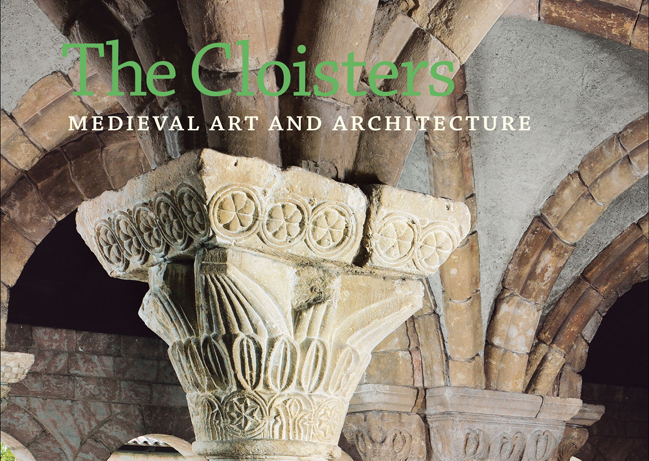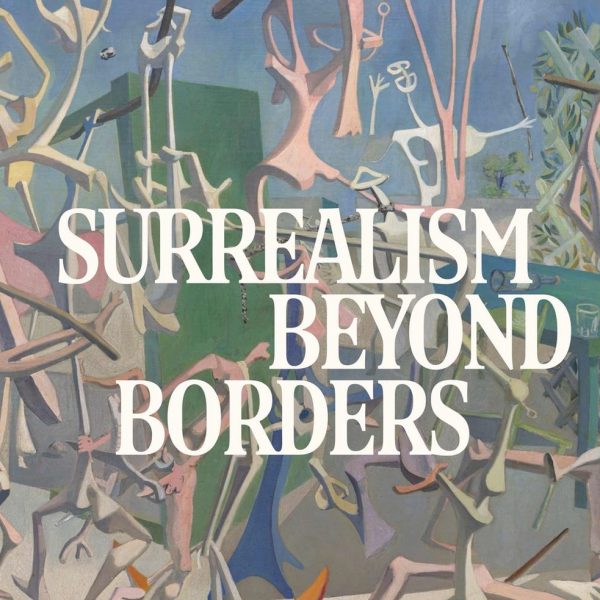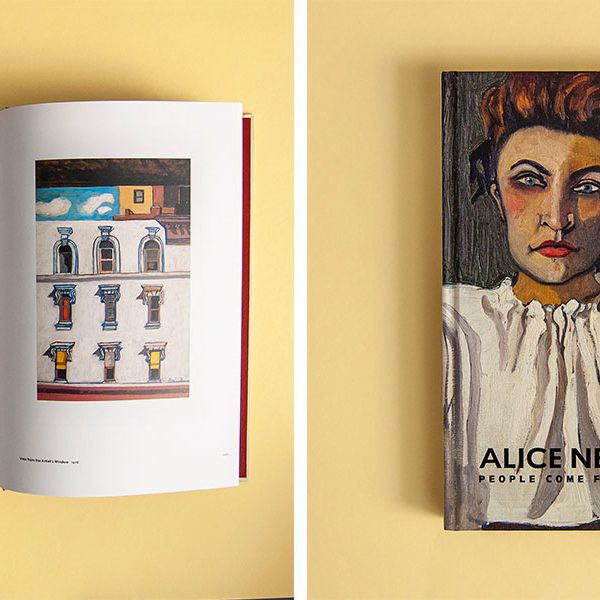Building the Cloisters
At first glance The Cloisters might be seen as an anachronism to its northern Manhattan neighborhood. Nestled within Fort Tryon Park (opened 1935), sitting above a grid of 1920s low-rise apartments, 1950s high-rise housing projects and the requisite array of fast food franchises, parking garages, and bodegas that dot the city, The Cloisters brings a decidedly Medieval feel to the neighborhood. This is not surprising; much of the building predates its neighboring structures by several centuries. A branch of The Metropolitan Museum of Art, the renowned collection of European art and architecture, including the famed Unicorn Tapestries, is housed in an elegant stone structure that combines a little bit of 12th-century France here, a little bit of 11th-century Spain there, and some Belgian cobblestones (extracted from lower Manhattan) and Connecticut granite added during the 1930s for good measure.
 The Cloisters is truly the sum of its parts, a series of attractions that is as likely to be a wall hanging as the wall itself. What makes this so fascinating, beyond the pleasure of proximity to so many artistic and architectural treasures, is that these paintings, tapestries, ceramics, and sculptures, not to mention arches, courtyards, and apses, tell a story not simply of the European Middle Ages, but of the brisk trade in medieval artifacts that flourished at the turn of the 20th century. As Nancy Wu and Peter Barnet note the in their introduction to a newly revised and expanded guide to the collection, the history of The Cloisters begins with George Grey Barnard, an American sculptor who lived in rural France with his family between 1905-1913. At that time, ruins and relics of the Middle Ages were easily available to those with the interest and means to acquire them. Over centuries many of these objects had been uprooted from their original contexts by war, looting, and architectural renovations; some structures that once served ecclesiastical purposes were put to decidedly mundane use storing livestock and farming equipment. Barnard, who had a longstanding fascination with medieval stonework, was able to build an impressive collection which he shipped to New York just before the French senate passed a law impeding such exports.
The Cloisters is truly the sum of its parts, a series of attractions that is as likely to be a wall hanging as the wall itself. What makes this so fascinating, beyond the pleasure of proximity to so many artistic and architectural treasures, is that these paintings, tapestries, ceramics, and sculptures, not to mention arches, courtyards, and apses, tell a story not simply of the European Middle Ages, but of the brisk trade in medieval artifacts that flourished at the turn of the 20th century. As Nancy Wu and Peter Barnet note the in their introduction to a newly revised and expanded guide to the collection, the history of The Cloisters begins with George Grey Barnard, an American sculptor who lived in rural France with his family between 1905-1913. At that time, ruins and relics of the Middle Ages were easily available to those with the interest and means to acquire them. Over centuries many of these objects had been uprooted from their original contexts by war, looting, and architectural renovations; some structures that once served ecclesiastical purposes were put to decidedly mundane use storing livestock and farming equipment. Barnard, who had a longstanding fascination with medieval stonework, was able to build an impressive collection which he shipped to New York just before the French senate passed a law impeding such exports.
Barnard’s collection, originally on display at 698 Fort Washington Avenue in Washington Heights, was purchased for The Metropolitan Museum of Art by John D. Rockefeller Jr. in 1925 and continued to expand through new acquisitions over the subsequent decade. In the late 1930s new galleries were built for collection in Fort Tryon Park, an Olmsted brothers-designed space commissioned by Rockefeller and donated to the city. The updated structure combined contemporary construction modeled after various European medieval monuments, with several historical elements from France, including a chapter house from an abbey in Pontaut that had most recently served as a stable, a 13th century doorway from Burgundy that had been refitted for a barn, and 12th century chapel that had been put to use during the 19th century as a stable, dance hall, theater, and finally as a storage space for tobacco. Barnet and Wu’s guide gives readers and museum-goers detailed biographies of these elements, often with images of the pieces in their original, re-purposed contexts. The result is a rich history of how a museum collection is built. Such an in-depth story of architectural refurbishment and innovation, coupled with close readings of key pieces from the collection, makes the guide an invaluable insight into the art and culture of the Middle Ages and tells a truly enchanting slice of New York City history.


























